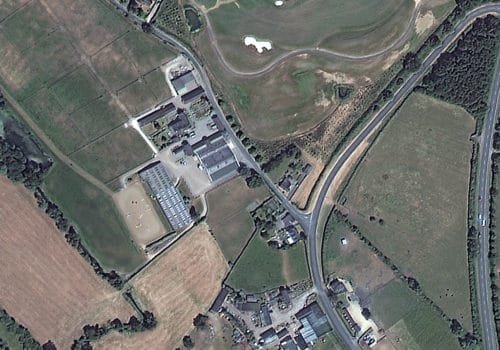
How to Buy Satellite Imagery
Satellite imagery has become one of the most powerful tools for understanding our world, capturing every detail of Earth from
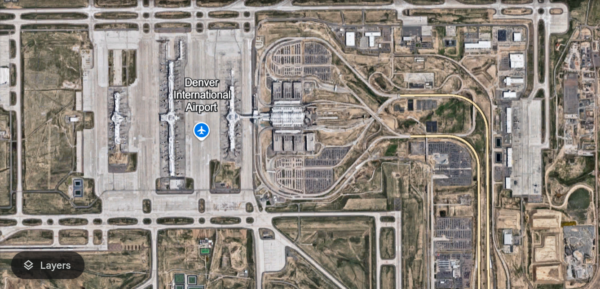
Google Earth: Exploring Our World at Your Fingertips
Google Earth is an amazing tool that lets you explore our planet in three dimensions. With it, you can travel the world without leaving your home. From satellite imagery to aerial photos, it covers almost every corner of the Earth. It’s different from Google Maps, which is another service offered by Google, but focuses more on directions rather than exploration.
With Google Earth, you can take a virtual tour of your hometown, check out vacation spots, or even discover new places for your next adventure. It’s like holding the entire world in your hands, ready for you to explore. But how often is this world updated? How current is the imagery you’re seeing? Let’s dive into that question.
If you’ve ever checked out your neighborhood on Google Earth and noticed an old truck parked in your driveway—maybe one you sold years ago—you might have wondered, “How up to date is Google Earth?” Well, the truth is, it can be 1-3 years old, depending on where you are.
According to Google Earth, they update their imagery regularly, but not all at once. They report that updates happen each month, but it’s not the whole world that gets updated at the same time. Google focuses on specific areas each month, and it takes about three years to refresh everything. This means that certain sections could have very recent imagery, while other parts could be older.
This update process makes sense when you think about how many satellite and aerial photos are needed to cover the entire Earth. But it can be a little frustrating if you need the latest pictures for a specific area, like for a project or travel planning.
So, how old is the imagery on Google Earth? Google says the average age of the aerial and satellite imagery is 1-3 years, but it can be both older or newer depending on what’s available from Google’s different suppliers. The Historical Imagery feature sometimes shows even more recent photos.
Get Latest Satellite Imagery at XRTech Group –
If you’re wondering whether there’s a better option for getting up-to-date imagery, the answer is that Google Earth isn’t always the quickest for that. But, despite this, it still remains one of the most popular and accessible tools for exploring the planet from your screen.
For official details about Google Earth imagery updates, you can check out their documentation here: Google Earth Imagery Updates and Historical Imagery.
When it comes to updating their images, Google Earth works in a unique way. If you’re eagerly waiting to see changes in your hometown, don’t expect it to show up in every update. Instead of refreshing the entire map, Google focuses on updating specific areas. Each Google Earth update might include just a few cities, regions, or landmarks.
To help users know what’s been refreshed, Google releases a KML file with every update. This file highlights the updated areas in red, making it easy to see what’s new and what still needs a touch-up.
Updating Google Earth is no small task. The process involves gathering, sorting, and stitching together countless images from satellites and aerial photos. It’s a massive undertaking, so it’s no surprise that it can take years to cover all the changes. While the wait can be frustrating, it’s understandable—after all, the world is a pretty big place!
By focusing on smaller areas with each update, Google ensures that the maps remain detailed and accurate over time, even if they don’t change everything all at once.
Google Earth uses a combination of satellite images and aerial photographs to create its detailed maps. Collecting and processing these images takes time, effort, and significant resources. Aerial photos, in particular, are costly because they require pilots to fly over various areas, which isn’t feasible to do constantly.
Instead of updating every moment, Google Earth follows a more practical approach. Their goal is to refresh the imagery of each area roughly every three years. High-density population zones or areas of significant interest are usually prioritized and updated more often. For instance, if your city’s images were updated last year, and you’re waiting to see a new park or building constructed in the past six months, it might take longer for that update to appear.
Google Earth does not update imagery based on individual requests. The only exception is if a governing body provides a comprehensive package of aerial images to share with Google. Otherwise, Google follows its own schedule to ensure the images are updated as frequently as possible.
Handling every user request for updates would overwhelm their system, making it impossible to maintain their current schedule. If you’re disappointed with the outdated imagery on Google Earth, there might be other sources for more recent updates. Some platforms or applications offer more frequent data refreshes that you might find helpful.
Unlike Google Earth, some private or government entities prioritize frequent updates for specific reasons. These organizations often invest heavily in their own satellites or advanced aerial imaging technologies. For instance:
Google Earth, on the other hand, focuses on providing a general-purpose mapping platform for the public. Balancing accuracy, accessibility, and cost makes continuous updates less practical.
By understanding this, users can better appreciate the scope and limitations of what Google Earth offers, while exploring alternative options when they need real-time or highly detailed imagery.
XRTech Group is a company specializing in satellite data, drone products, industrial products, and supply chain management. We are the partner of China Siwei Surveying and Mapping Technology Co., Ltd (China Siwei), a major provider of satellite imagery. XRTech Group offers various services and products using satellite technology, and their offerings are built around the following core areas:
XRTech Group provides value-added products based on the satellite data including:
XRTech Group uses satellite data to provide tailored solutions for various industries. Some of the key applications include:
1. Agriculture: Monitoring crop health, estimating yields, and managing soil and water resources. XRTech can provide real-time monitoring of crop growth, classify crop types, and assess crop yield with high accuracy using AI. They also monitor soil moisture, which helps in irrigation and fertilization.
2. Disaster Management: Real-time monitoring and response solutions using AI and satellite data. This includes flood monitoring and response, forest fire detection, and earthquake and infrastructure monitoring. The company also provides integrated disaster platforms using satellite, aerial, and ground data.
3. Urban Management: Solutions for urban planning, infrastructure management, and environmental monitoring. This involves monitoring infrastructure deformation, creating digital twins of cities, and monitoring air and water quality.
4. Mining and Natural Resources: Monitoring and management solutions using satellite data and AI. This includes monitoring pipelines, tracking oil supplies, and monitoring environmental impacts.
5. Military and Intelligence: Geospatial intelligence solutions for military and defense. This includes border and maritime security, strategic infrastructure monitoring, and emergency response.
6. Environmental Monitoring: Tracking climate change, managing natural resources, and ensuring sustainability. They monitor water quality, track CO2 emissions, and monitor deforestation.
7. Construction: Monitoring construction sites, tracking land use changes, and assessing environmental impact * Maritime Security: Monitoring naval assets and maritime routes. * Energy: Monitoring energy sites like oil fields, pipelines, and mining operations.
8. AI-Powered Analytics: XRTech Group uses AI to enhance data processing and analysis, including for predictive analysis, crop yield estimation, and resource optimization. Their AI models can detect and classify agricultural risks, classify crop types with high accuracy.
9. Software Tools & Solutions: XRTech Group offers advanced software tools for satellite imagery processing including adjustment, orthorectification, fusion, blending, color correction, and mosaicking.
10. Ground Equipment: XRTech has ground systems for data reception, processing, planning, and management.
While Google Earth is a widely used satellite imagery platform for exploring the world with satellite images, XRTech Group takes geospatial solutions to the next level with advanced technologies and tailored high resolution satellite imagery services. Let’s dive into the key differences:
Google Earth:
XRTech Group:
Google Earth:
XRTech Group:
Google Earth:
XRTech Group:
Google Earth:
XRTech Group:
Google Earth:
XRTech Group:
Google Earth:
XRTech Group:
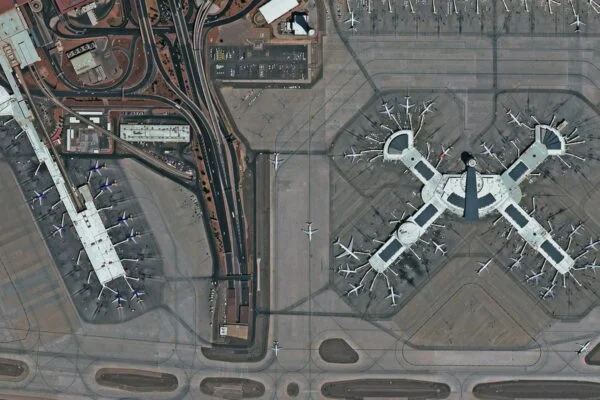
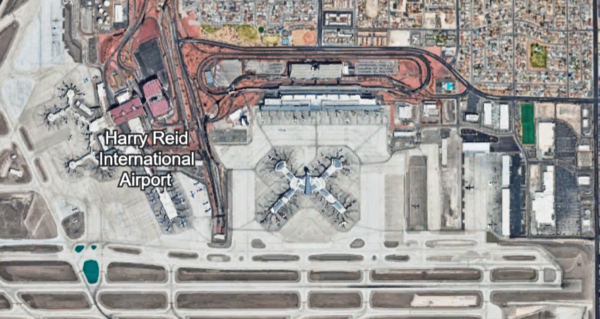
XRTech Group offers daily satellite image captures of locations like the Las Vegas Airport, compared to Google Earth’s average image update cycle of 1-3 years. This allows businesses and individuals to access up-to-date, high-resolution imagery tailored to their needs. Whether it’s monitoring infrastructure changes or analyzing traffic patterns, XRTech ensures you’re always working with the most recent and accurate data.
With XRTech’s cutting-edge technology, you can select images from specific moments in time, giving you unmatched control over the insights you need. Beyond being visually impressive, these real-time images empower enterprises with actionable data, making XRTech the go-to choice for precision and reliability in geospatial solutions. Contact us now!
Sources
Google Earth — Overview

Satellite imagery has become one of the most powerful tools for understanding our world, capturing every detail of Earth from
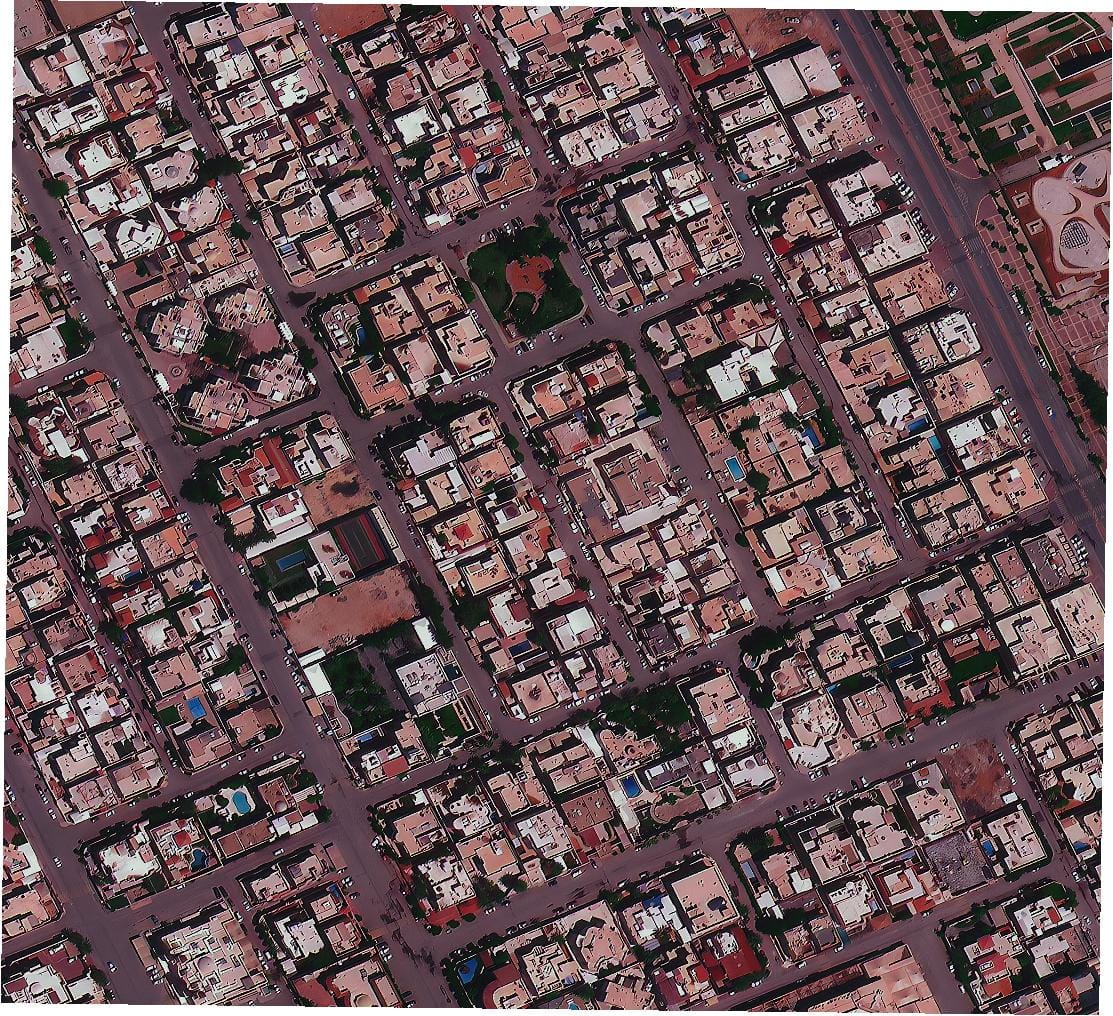
Understanding the Growing Market for Maxar Competitors Satellite imagery and geospatial intelligence have become essential for governments, industries, and research